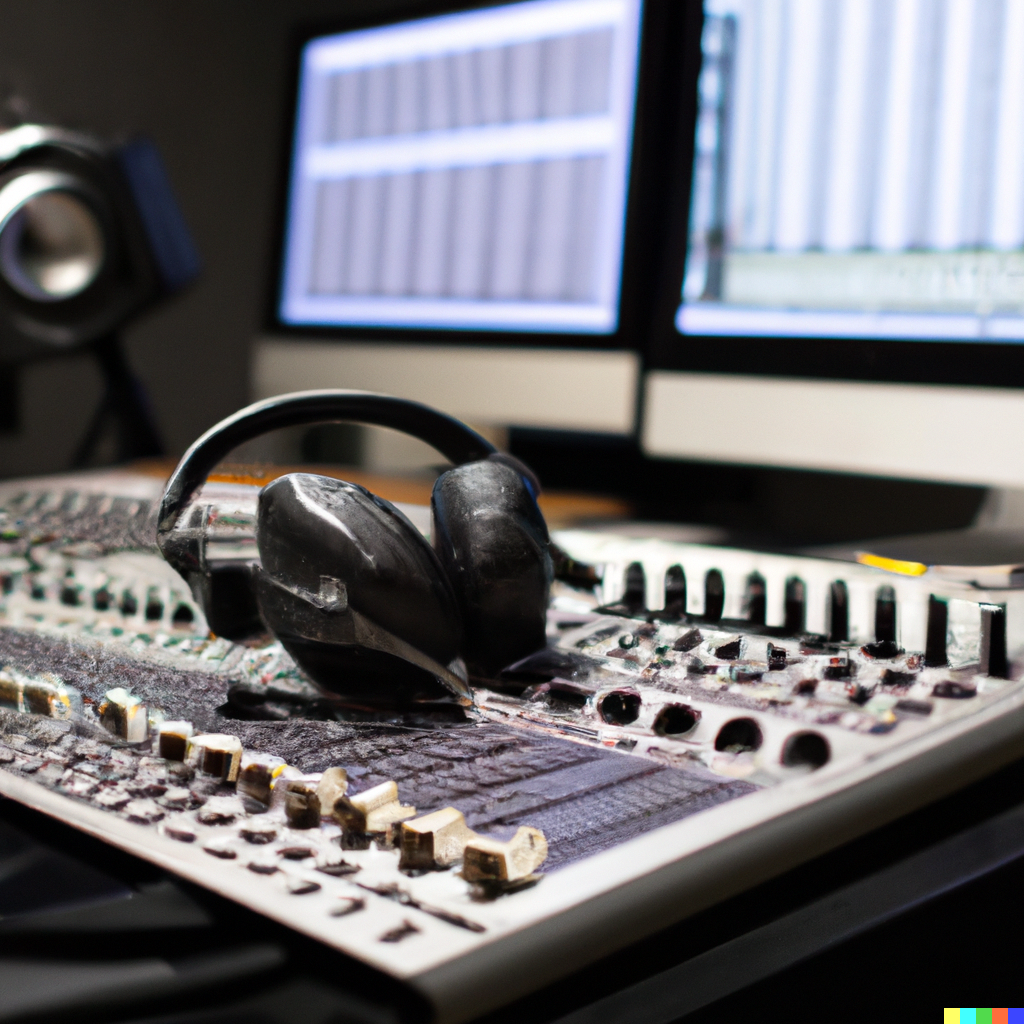Look Inside of My Soul and You Can Find Gold: Everything Audio Interfaces
An audio interface is an essential tool for anyone who wants to record, mix, or produce music or other types of audio content. It allows you to connect your instruments, microphones, and other audio sources to your computer, and provides high-quality conversion between analog and digital signals.
Understanding Audio Interfaces
Audio interfaces come in different shapes and sizes, and with different types of connectivity options. Some of the most common types of audio interfaces include USB, Firewire, and Thunderbolt interfaces. They also have different numbers of inputs and outputs, and support different sample rates and bit depths.
The most important components of an audio interface are the analog-to-digital converters (ADCs) and digital-to-analog converters (DACs). These components are responsible for converting the analog signals from your instruments and microphones into digital signals that your computer can process, and vice versa.
When choosing an audio interface, you should consider factors such as your budget, the number of inputs and outputs you need, the type of connectivity you prefer, and the quality of the ADCs and DACs. Some of the top audio interface brands and models include the Focusrite Scarlett, PreSonus Studio, and Universal Audio Apollo.
Setting Up Your Audio Interface
Setting up your audio interface with your computer is a simple process that involves connecting it to a USB, Firewire, or Thunderbolt port, and installing the drivers and software that come with it. However, you may encounter some common issues, such as latency, noise, or dropouts, that can be caused by incorrect settings, outdated drivers, or faulty cables.
Using Your Audio Interface
Once you have set up your audio interface, you can use it to record, mix, and master your audio content. You can also use it for live performances, either by connecting it to a PA system or by using it as a standalone mixer.
Audio Interface Accessories
To get the most out
To get the most out of your audio interface, you may need some essential accessories, such as microphones, headphones, and monitors. These accessories can help you capture, monitor, and listen to your audio content more accurately and efficiently. Some recommended brands and models for each accessory include the Shure SM7B microphone, the Beyerdynamic DT 770 Pro headphones, and the JBL Professional 305P MkII monitors.
Maintaining Your Audio Interface
To ensure that your audio interface continues to work properly and last for a long time, you should take care of it and perform regular maintenance tasks. This may include cleaning the inputs and outputs, checking the cables and connectors, updating the firmware and drivers, and servicing the internal components if necessary.
Conclusion
Having a good audio interface is crucial for anyone who wants to create high-quality audio content. By understanding the different types of audio interfaces, choosing the right one for your needs, setting it up properly, using it effectively, and maintaining it regularly, you can enhance your recording, mixing, and mastering skills and achieve professional-level results.
FAQs
- What is the difference between a USB and a Thunderbolt audio interface? A: USB audio interfaces are typically cheaper and more widely available, while Thunderbolt audio interfaces offer faster data transfer and lower latency.
- Can I use my audio interface with my smartphone or tablet? A: It depends on the type of audio interface and the compatibility with your smartphone or tablet. Some audio interfaces may require additional adapters or software to work with mobile devices.
- Do I need a microphone to use an audio interface? A: Not necessarily, but a microphone is one of the most common audio sources that an audio interface is used for.
- How many inputs and outputs should my audio interface have? A: It depends on your specific needs and the type of audio content you want to create. A simple interface with two inputs and two outputs may be sufficient for basic recording and mixing tasks, while a more advanced interface with multiple inputs and outputs may be necessary for more complex projects.
- Do I need to upgrade my audio interface if I upgrade my studio equipment? A: It depends on the compatibility and connectivity of your new equipment with your current audio interface. If your new equipment requires different connectivity options or higher quality conversion, you may need to upgrade your audio interface as well.

Leave a Reply